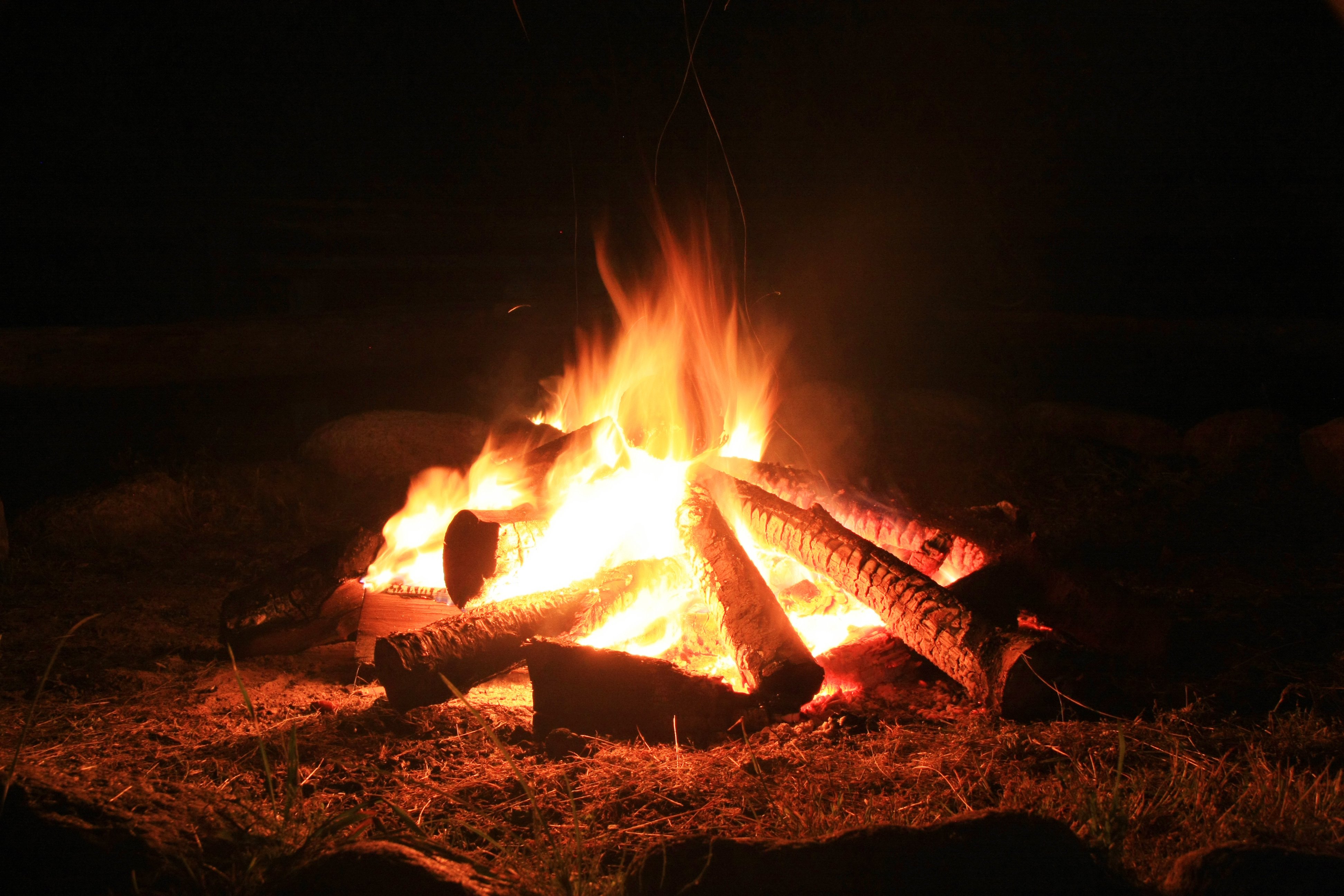Open Air Burning Safety

Open air burning includes bonfires, fire pits, sky lanterns and the use of various types of outdoor fireplaces, including gas, electric and wood burning.
A permit is required for all burning in East Gwillimbury. Residents can apply for recreational, open air and oversized burn permits online.
| Burning do's |
|
| Burning don'ts |
|
| General outdoor burning |
|
| Campfire safety |
|
| Fire pit safety and maintenance |
|
Contact Us
Our Customer Service Team is here to help!

